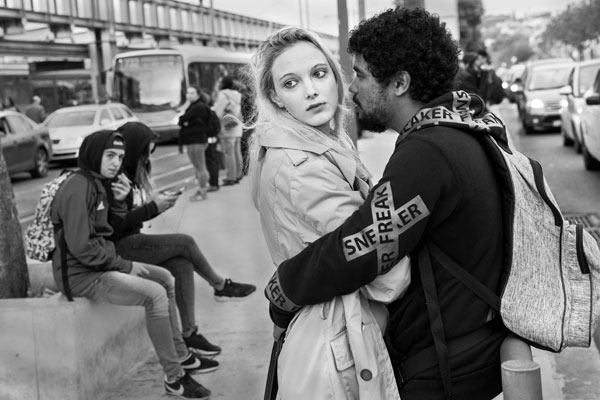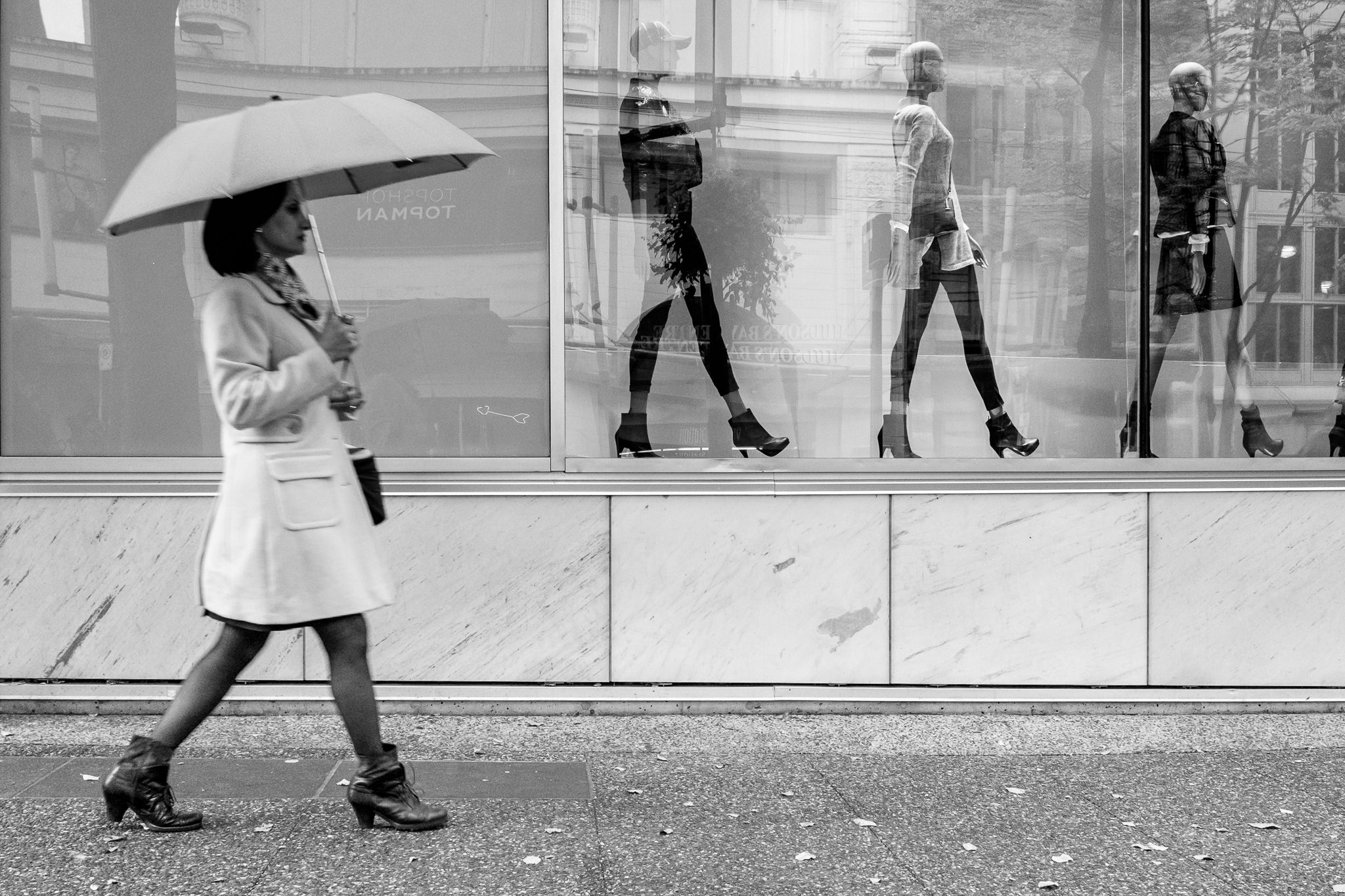The Basic Principles Of Framing Streets
The Basic Principles Of Framing Streets
Blog Article
Framing Streets Fundamentals Explained
Table of ContentsThe Basic Principles Of Framing Streets Our Framing Streets StatementsThe 5-Second Trick For Framing StreetsOur Framing Streets Ideas

Both at the Gallery of Modern Art (Mo, MA). Influenced by Frank, in the 1960s Garry Winogrand, Lee Friedlander and Joel Meyerowitz began photographing on the roads of New York. Phil Coomes, creating for BBC News in 2013, said "For those people curious about road photography there are a couple of names that attract attention and one of those is Garry Winogrand"; critic Sean O'Hagan, composing in in 2014, stated "In the 1960s and 70s, he specified road photography as a perspective in addition to a design and it has laboured in his darkness ever before considering that, so clear-cut are his photos of New york city." Going back to the UK in 1965 from the US where he had fulfilled Winogrand and adopted street digital photography, Tony Ray-Jones transformed a wry eye on commonly surreal groupings of British people on their vacations or taking part in festivals.
Street photography is a substantial style that can be defined in numerous ways, however it is typically defined by the spontaneous recording of an unrepeatable, fleeting minute, commonly of the day-to-day going-ons of strangers. It is characteristically fired with larger angle lenses (e. g. 35mm) and typically includes urban atmospheres.
Not known Factual Statements About Framing Streets
Documentary digital photographers generally have a defined, premeditated message and an intent to tape-record certain events in history (https://slides.com/framingstreets1). The range of the docudrama technique includes facets of journalism, art, from this source education and learning, sociology and background. In social examination, documentary photos are commonly meant to prompt, or to highlight the requirement for, social change
Road photography is usually viewed as unposed and honest, yet there are a couple of road digital photographers that connect with unfamiliar people on the streets and take their portraits. Street pictures are unintended pictures taken of unfamiliar people while out doing road digital photography, nevertheless they are seen as posed because there is communication with the subject.
e. 'candid digital photography' by meaning) for great art purposes has actually been debatable. Photographing individuals and places in public is lawful in a lot of countries shielding freedom of speech and journalistic liberty. There are usually limits on just how pictures of people might be utilized and most countries have certain legislations relating to people's privacy.
Framing Streets - The Facts
Of liberty of expression. While additionally restricting photography in order to safeguard privacy rights, street photography can still be lawful in France when gone after as an art form under certain situations.

. that simply roamed into a scene), or that are not even recognizable in the image. https://profile.hatena.ne.jp/framingstreets1/. It likewise does not typically reach people that are public numbers (e. g - Sony Camera. politicians or celebs). If an image is thought about art, the courts will additionally take into consideration the digital photographer's flexibility of creative expression; indicating that "artful" road digital photography can still be lawfully released in particular cases
The 9-Second Trick For Framing Streets
In Greece the right to take pictures and publish them or offer licensing rights over them as fine art or editorial web content is protected by the Constitution of Greece (Post 14 and various other write-ups) and complimentary speech regulations as well as by case legislation and lawful instances. Photographing the cops and publishing the photos is likewise legal.
In Hungary, from 15 March 2014 anybody taking photos is practically damaging the legislation if a person wanders into shot, under a new civil code that bans taking pictures without the authorization of every person in the picture - Street photography. This broadens the legislation on grant consist of the taking of photos, along with their publication
'Surprise digital photography' (kakushidori hidden, surreptitious photography) 'swiped digital photography' (nusumitori without any intent of getting permission) and "quick photography' (hayayori before approval and refusal can be offered) are restricted unless in the former approval is acquired from the subject promptly after taking the photo. Individuals have rights to their photos (shzken, droit de picture).
Report this page